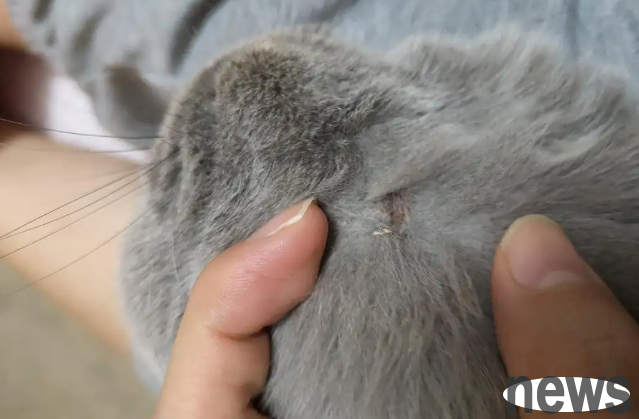The difference between alopecia areata and ringworm areata is the different causes of the disease, different symptoms, and different treatment methods. Alopecia areata and moss are two different diseases. The causes and symptoms of the disease are different, and the treatment methods will also be different. However, neither is a relatively serious disease. Active and effective treatment can control the development of the disease. If the disease continues to worsen, it is recommended that the owner take the cat to a regular hospital for treatment in time to find out the cause and further treatment, otherwise it will easily lead to the aggravation of the disease and affect recovery.

1. Different causes of alopecia areata in cats include lack of nutrients, trauma, fungal infection, etc., which will cause damage to hair follicles, causing hair loss, and thus causing alopecia areata. Ringworm is a skin disease that occurs on the face and the trunk and limbs, mainly caused by bacterial infections.
2. Different symptoms
The main symptom of alopecia areata in cats is hair loss, and hair loss is relatively serious. As the condition gradually develops, it may lead to symptoms such as erythema and dandruff on the skin. If it is not treated in time, it may cause itching. Ringworm will have annular erythema and skin itchy knife, and the area of the erythema will gradually expand, causing the color of the surrounding skin to change. If not treated in time, the area of damage will gradually increase.

3. Cats with different treatment methods: Alopecia areata can be used or taken under the guidance of a doctor to nourish blood and hair growth. At the same time, you also need to follow the doctor's instructions and assisted treatment with antifungal drugs, which can promote hair growth and inhibit fungi and improve baldness. Cats with cat moss need to take antifungal or use antifungal sprays as prescribed by the doctor, which can control fungal reproduction and reduce skin damage.